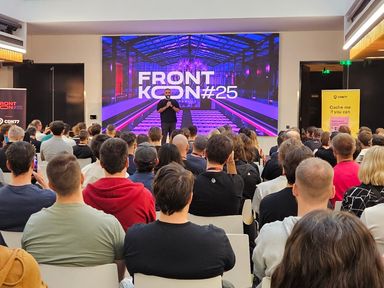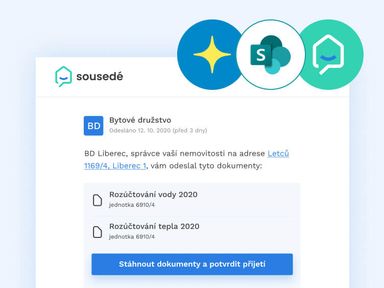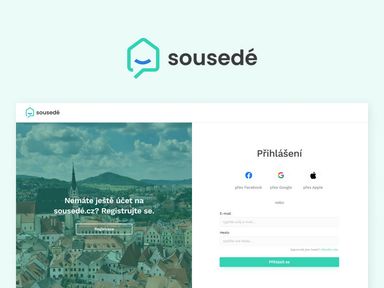Topic
PWAs vs mobile apps: How to choose the right one for your needs?
Martin Tryzna | 1. 8. 2023
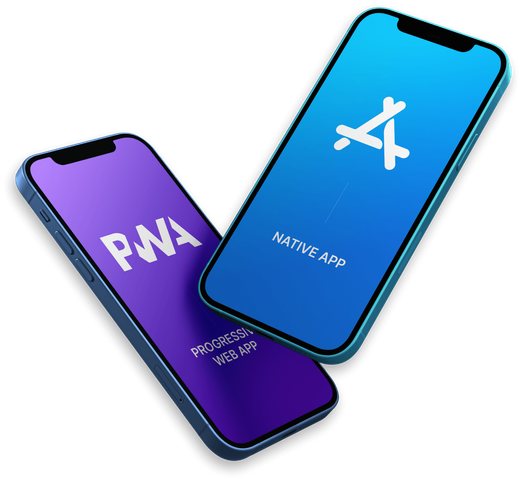
The question is which type of app is better for the user and why. In this case study, we focus on a comparison of a mobile app and a PWA, considering user experience, accessibility, cost and other factors.
Main parameters
Mobile applications
The basic feature of mobile apps is that we download (save, install) them to our mobile devices from the App Store or Google play. For Android devices, it has historically been possible to install apps on phones "directly" via .apk, but with newer devices this option is becoming more and more limited. The reason for this is obvious - it's about protecting user privacy, as you can essentially give an app "absolute" access to your "privacy" on your phone with one click. The mobile app space is currently dominated by two platforms, iOS and Android.
PWA - Progressive Web Applications
The first references to PWAs are from 2015. One of the pioneers at the time was Twitter, which introduced Twitter Lite in 2017. PWA was designed as a lightweight version of the Twitter app that would be accessible on slower networks. Twitter Lite can load quickly and smoothly even on 2G networks and takes up less than 1MB of space on a user's device. PWA has seen more massive expansion in recent years. A key feature is that you can download PWA to your desktop on your computer, phone or tablet directly from your browser. The app is then easily accessible.

Nowadays, browser technologies give us such possibilities that PWA apps look and work very similar to mobile ones. PWAs also offer other benefits such as offline access or faster response times. These features make PWAs an increasingly popular alternative to traditional mobile and web apps. One example is our Tennis For Kids app.
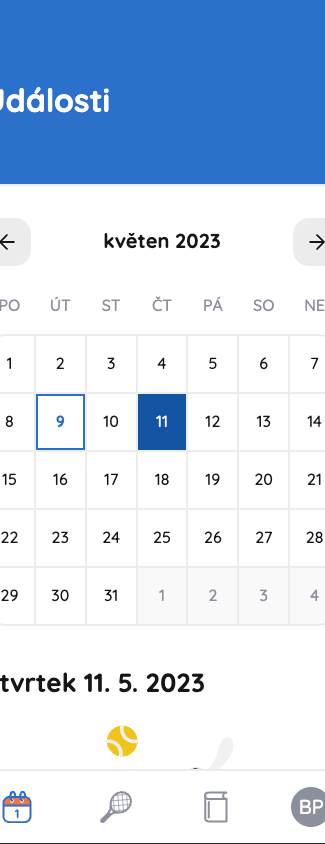
Comparison of PWA and Mobile app
Development
Mobile applications
There are two possible approaches to development: hybrid or native. In practice, this means that to develop in a hybrid technology (for example, React native), we only need one developer to create one code (codebase) and then compile the app for iOS and Android. In native development, we need a developer for Android and iOS. Of course, we don't count backend and possibly web developers. It can be the same developer as for a hybrid app, but we run into the limitation that they only develop for one platform at a time. It is important to note that each new version of the app must be uploaded through the store and approved. This process can take several days and it is not a rule that the app is always approved the first time.
The unquestionable advantage of mobile apps is that the developer has better access to native phone features such as Bluetooth, FaceID, Push notifications. Push notifications can be taken as a criterion whether to choose a mobile app or a PWA. But recently, the trend shows that even within the PWA technology it will be possible and also easier to send notifications on both Android and iOS. Having apps distributed through a trusted Store can give us a better sense of app security, for example for mobile banking or apps where I use a lot of the phone's native features.
PWA
This kind of application has an undeniable advantage in development in that we have one source code for both the web and the application. At the same time, we maintain only one backend. Another advantage over mobile apps is the size of the app itself. PWA apps are significantly smaller in terms of data. We know this - we're running out of space on the phone, so the first thing to go is mobile apps because of their data size. Other plus points PWA garners is due to the fact that it runs on a computer and I can go download "to my desktop".
Costs
As we indicated in the previous chapter, the cost of development itself is already significantly lower for PWAs. It should also be mentioned that the long-term maintenance of mobile applications is more expensive. Mainly for two reasons:
- I usually maintain two backends (one for the web and one for the application)
- Mobile apps are usually returned during the approval process because new rules have been added. For example, to change one line of text, you have to reprogram an entirely new functionality that Google/Apple invented.
Example of cost comparison
The marketing cost per app download is also significantly higher for mobile apps. We are comparing a "visit" to a website vs. opening the Store, downloading more data, and launching an app.
Data from LinkedIn shows that PWAs show better numbers in areas such as:
- Quantity of conversions
- Lower bounce rate
- Longer time spent with the product
- Better app performance and more...
Conclusion
In today's world, there is a noticeable trend of reducing the distribution of digital products through Stores. There may be several reasons for this, for example:
- development costs
- rules for distribution
- marketing costs
Moreover, a new EU directive - the Digital Markets Act (DMA), which limits the opportunities of the biggest players in the digital world, may be a factor in the current situation. One of them is the ability to distribute their products outside their own app store. Let's see how the "gatekeepers" handle this and what they come up with to keep their profits from dropping too much 😊.
